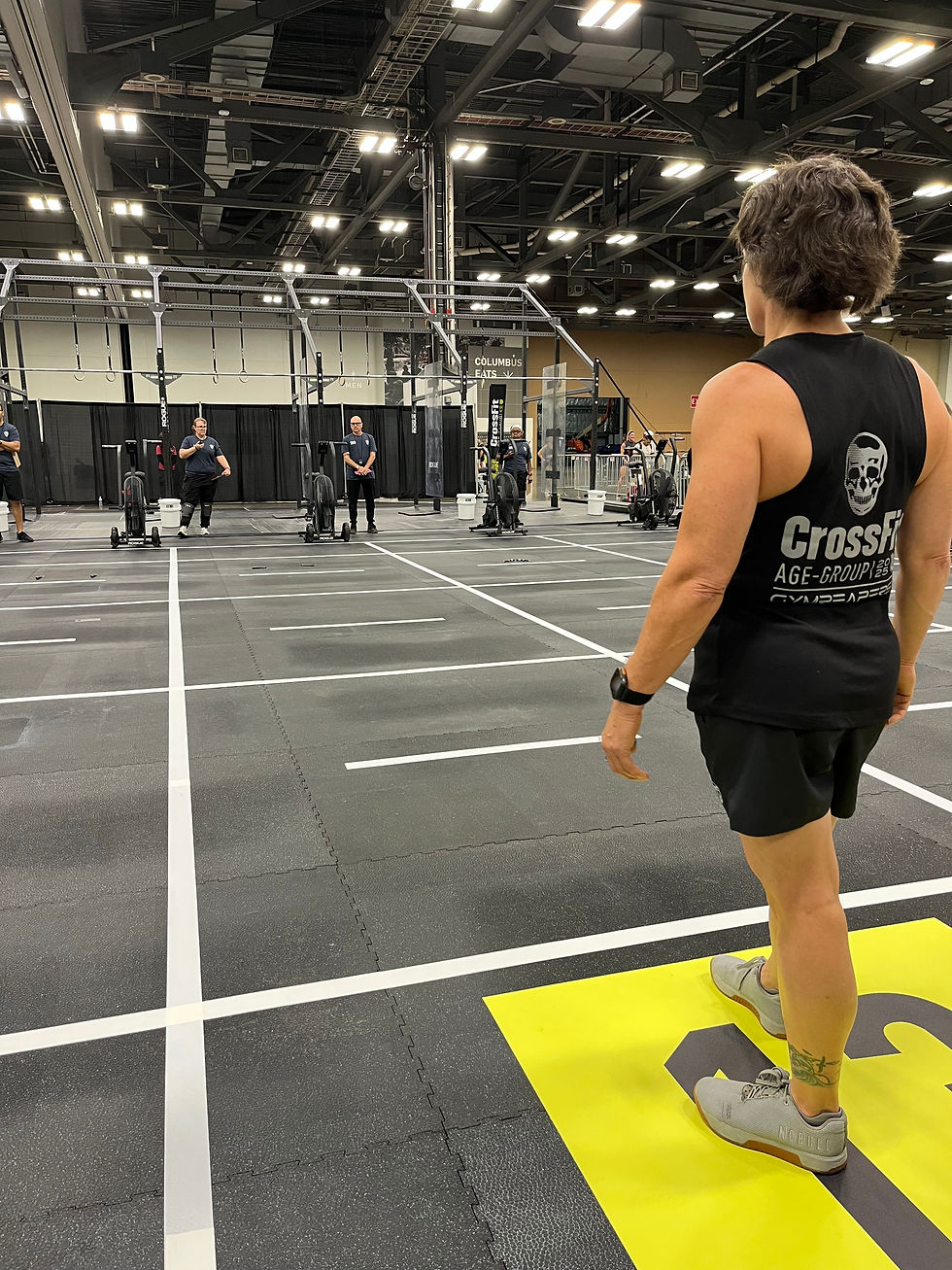Books That Shape How I Think and Coach
- Jonathan Beckner
- Jun 28
- 2 min read
As a coach, a musician, and a lifelong seeker of what’s real—I’ve found that the most powerful lessons don’t always come from the gym floor or the recording studio. Sometimes, they come from the pages of a book that lands at the exact right time.
Here are three books that have left a lasting mark on how I show up—for my clients, my bandmates, and myself.

1. The Inner Game of Tennis by W. Timothy Gallwey
What it taught me: Performance is an inside job.This book isn’t about tennis. It’s about quieting the inner critic, tuning into the present moment, and learning to trust the body’s wisdom. Whether I’m coaching an athlete or helping someone navigate emotional resilience, I come back to this truth: the mind gets in the way far more often than the body does.
“The opponent inside your own head is more formidable than the one on the other side of the net.
”I see this play out in the gym all the time. Once someone stops overthinking and starts feeling, they move better. More fluid. More free. That’s when the real breakthroughs happen.
2. Nonviolent Communication by Marshall Rosenberg
What it taught me: Communication is connection.
Most of us never learned how to express what we’re actually feeling. We default to blame, defensiveness, or silence. This book gave me a framework for doing something different—something more human.
In coaching, this means asking better questions. In men’s work, it means creating spaces where vulnerability isn’t punished but honored. And in leadership, it means trading control for curiosity.
“What I want in my life is compassion, a flow between myself and others based on a mutual giving from the heart.
”Nonviolent Communication reminded me that empathy isn’t soft—it’s a skill. And a damn powerful one.
3. The Music Lesson by Victor Wooten
What it taught me: Everything is music.
Victor Wooten doesn’t teach music in the way you’d expect. He teaches feel. Space. Breath. He teaches listening before playing. Serving the song before showing off.
But maybe the biggest shift this book gave me was this:
When we’re kids learning to speak, we’re allowed to practice with professionals—our parents, our teachers, anyone who speaks the language.
So why not give the same permission when learning music?
That idea cracked something open in me. Don’t isolate. Don’t hide until you’re “ready.” Always jam with professionals. That’s how you learn rhythm, trust, and presence—not in theory, but in real-time.
I don’t believe in gatekeeping experience. Whether you’re a beginner or a master, we meet each other eye to eye, or ear to ear as it were. You belong in the room while you’re learning—not after.
“Music is not the notes. It’s what happens between the notes.”
This book gave me permission to coach like I play—to improvise, to feel the energy in the room, and to lead from intuition as much as intention.
Books are teachers. But more than that—they’re tuning forks. They help us recognize what’s already inside us and bring it into resonance.These three changed the way I listen, lead, and live. If you’re a coach, a creative, or just someone trying to show up with more presence and purpose, I’d say they’re worth your time.



Comments